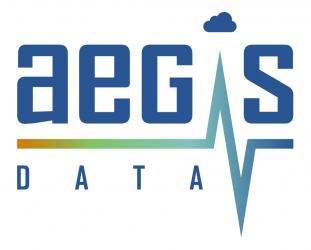The trend of moving from physical to virtual servers is likely to continue into 2016, according to Greg McCulloch, CEO of colocation data centre provider, Aegis Data. McCulloch also suggests that higher power consumption and the desire for a smaller physical footprint are driving the increase in server virtualisation:
“The increase in power demands and the continuing cycle of server refreshes are having an impact on associated costs and as such, there is a move towards virtualising systems. With increasing cost constraints and the desire to achieve a lower carbon footprint, organisations are continuing the trend of server virtualisation, which is typically being outsourced to either cloud or a data centre providers”
With the increase in virtualised servers, the debate as to which is the best hosting system is also likely to continue. According to estimates by IDC FutureScape, an estimated 65 per cent of enterprises will be engaged in some form of cloud hosting, whether public, private or a hybrid version over the next 12 months.
McCulloch says that while cloud computing is going to continue to grow and develop in 2016 there is still a desire for organisations, especially in the SME space to have physical contact with the systems they use to store data: “The shift from capital expenditure (Capex) towards operational expenditure (Opex) further reinforces the shift from traditional on-site IT infrastructure to one located off-site. Research predicts there will be an 11 per cent shift in IT budget from traditional in-house IT systems, to ones based on variations of the cloud network.
“In 2016 the Internet of Things (IoT) will become more entrenched in society, with connected devices estimated to increase to 50 billion by 2020. This huge number of devices connected to the internet is resulting in greater data consumption, prompting a greater need for data storage systems and more power demands. In line with the IoT, the increasing level of online activity is going to put added pressure on power needs. Online shopping, gaming, streaming media and TV are going to be one of the biggest power demands the market is likely to face in the year ahead. Industries like gaming take up a huge power resource, so there is a need to provide an increased footprint and servers that can handle the consistently high level of power demands.”
McCulloch concluded: “The trends seen in 2015, such as the growth in virtualisation and the IoT are only going to continue in 2016. The industry needs to be prepared to tackle the intensification in power consumption and requirements, and be able to grow in response to user demand.”
[su_box title=”About Aegis Data” style=”noise” box_color=”#336588″] Aegis Data provides highly resilient and optimised data centre environments for its customers’ mission critical IT. Its state of the art data centre aims to significantly reduce IT expenditure by delivering greater cooling efficiencies across all power densities as well as having the power headroom to allow for IT consolidation and growth.
Aegis Data provides highly resilient and optimised data centre environments for its customers’ mission critical IT. Its state of the art data centre aims to significantly reduce IT expenditure by delivering greater cooling efficiencies across all power densities as well as having the power headroom to allow for IT consolidation and growth.
With increasingly more customers seeking a road map to increased IT efficiency and value for money, Aegis Data aims to provide the technology and knowledge needed to build and develop and successful colocation and data centre strategy.[/su_box]
The opinions expressed in this post belongs to the individual contributors and do not necessarily reflect the views of Information Security Buzz.



